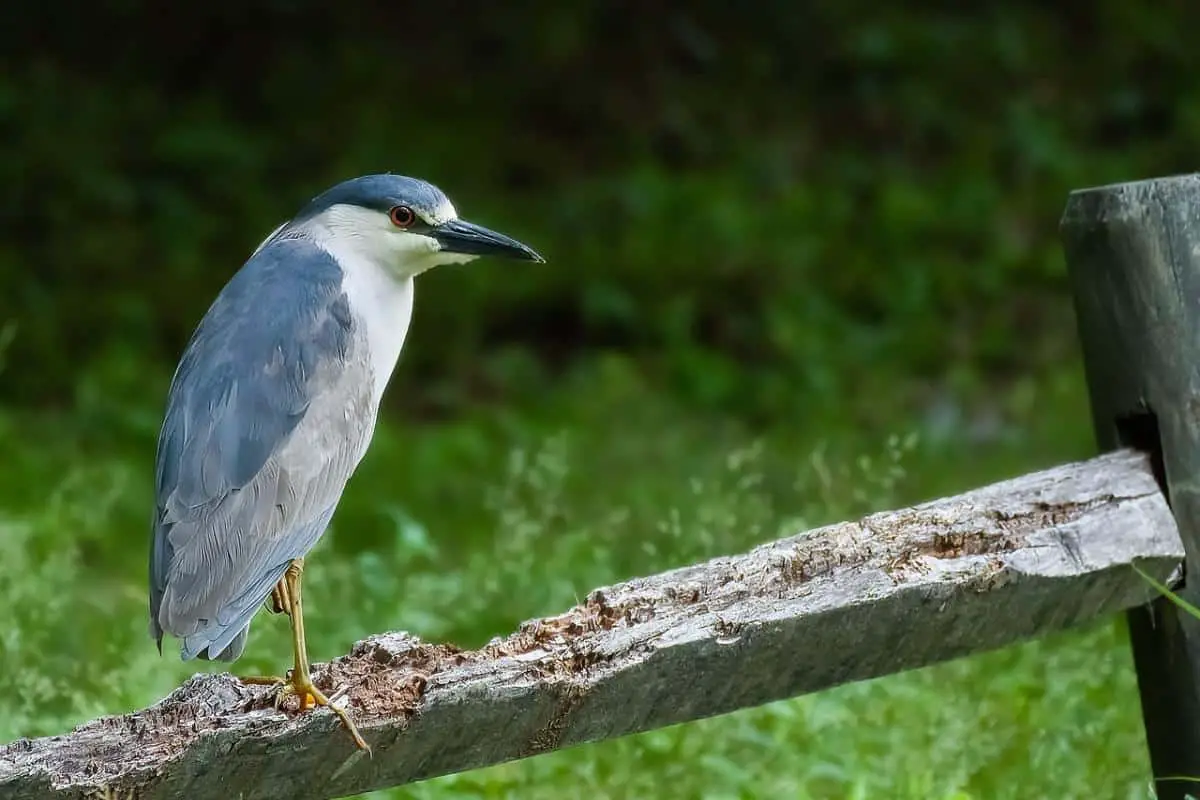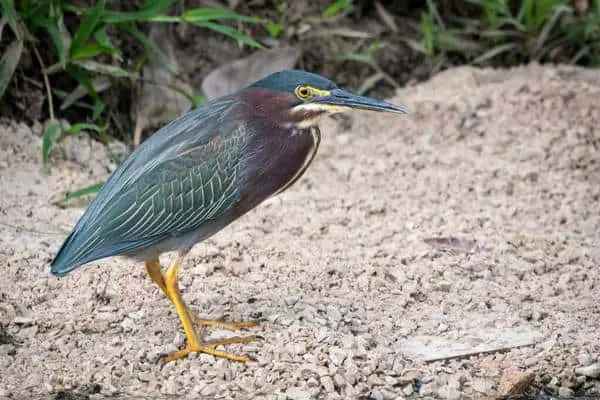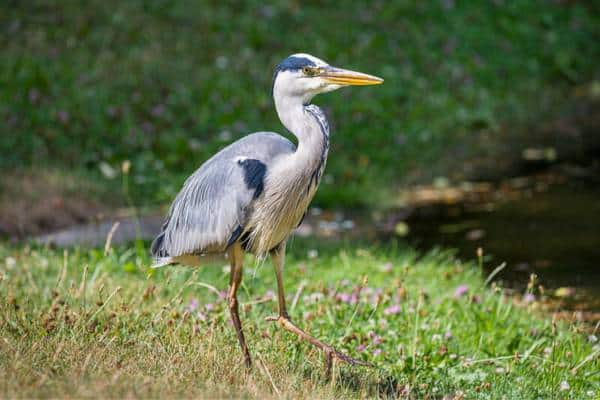Nestled in the heart of the Pacific Ocean, Hawaii is known for its diverse culture, pristine beaches, and warm weather. Also known as the Aloha State, Hawaii is also home to various environments teeming with life. Made up of 137 islands, it’s no surprise that several species of wading birds call Hawaii home.
Hawaii is home to long-legged wading birds like egrets and plovers, but only a few herons can be found in the state. In fact, there are only three species of heron that can be found gracefully wading through the waters of Hawaii, and some are more common than others. This article will provide more information about the herons you can find in Hawaii and where to see them.
3 Herons in Hawaii
There are a few species of heron in Hawaii, including the black-crowned night heron, the green heron, and the great blue heron. Let’s learn a few interesting facts about each of these species.
1. Black-Crowned Night Heron

Scientific Name: Nycticorax nycticorax
Also known as the ʻaukuʻu, the black-crowned night heron is the most common heron found in Hawaii. This species has been reported on all of the major islands in the state. As the name suggests, most members of this species are primarily active at night, where they can be found wading through ponds and marshlands, searching for fish, frogs, shellfish, and other food.
However, in Hawaii, they are diurnal, meaning they are more active during the day. The black-crowned night heron is a stocky bird that measures between 22.8 and 26 inches tall. They have a wingspan of up to 46.5 inches and usually don’t weigh more than 2.2 pounds.
They have a black crown and back, gray wings, and a white underside. One of these species’ most distinctive characteristics is their red eyes. They typically breed from December to August, and the eggs are incubated by both parents.
After the eggs hatch, both parents feed the young until they are ready to leave the nest around 5 weeks of age. Then, they follow their parents around, learning how to forage for food before setting out on their own.
2. Green Heron

Scientific Name: Butorides virescens
Green herons are wading waterbirds that can be found in the beautiful landscapes of Hawaii. While not a common site, there have been reported sitings of green herons in O’ahu and the Island of Hawai’i. These small herons have a dark greenish back, a chestnut-colored neck and chest, and a dagger-like bill.
They have short legs, long necks, and a distinctive crest that they can raise and lower at will. They are well-adapted to wetland habitats, preferring ponds, streams, estuaries, and other bodies of water in Hawaii.
With their keen eyesight and stealthy nature, green herons are skilled hunters, preying on fish, amphibians, small invertebrates, and even small mammals. They wait patiently for their opportunity to strike, using their lightning-fast bill to capture their prey.
Green herons build their nests in trees near bodies of water using sticks and vegetation. They lay a clutch of 3 to 5 pale greenish-blue eggs, and both parents take turns incubating them. Once hatched, the chicks are fed by their parents until they are ready to fledge.
This species makes two distinct sounds that make them easy to identify. The first is a “keow” sound they make when they take flight, and the second is a “kuk” ing sound they make when someone gets too close.
3. Great Blue Heron

Scientific Name: Ardea herodias
The Great blue herons are the largest herons in North America, measuring up to 4 feet tall with a wingspan between 6 and 7 feet. The great blue heron has a distinctive appearance with blue-gray plumage on its body, a white face, crown, and neck, and long, slender legs that are typically gray or black.
They have a black eyebrow stripe and a long, pointed bill. This species is adaptable and can be found in salt and freshwater habitats, and is most often seen near shallow water.
They are known for their long, slender necks that they hold in an “s” shape when flying and when stalking prey. When hunting, they wade through the water or stand motionless at the water’s edge, scanning for prey. When a fish or other snack gets close enough, they swiftly snatch it out of the water and swallow it whole.
This big, beautiful bird is not native to Hawaii, though some individuals have been reported on the islands as vagrants, which means they were just passing through. Sitings have been reported on the islands of Kauai, O’ahu, Moloka’i, Maui, and Hawai’i.
The breeding season for great blue herons is usually from March to May. They often build their nests in trees near water. The females lay between three and six pale blue eggs. Both parents take turns incubating the eggs for 25 to 30 days, after which they take turns feeding the chicks over the next few weeks.




